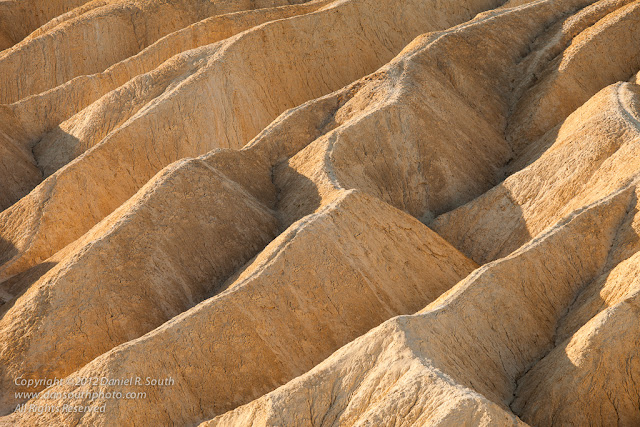I knew very little about cameras when I began to pursue photography seriously and I knew even less about creating good photographs. I realized that I would need to invest time into practicing my new craft.
Shoot. Evaluate. Identify the mistakes and the lucky breaks. Revise the approach, then go out and shoot again. And again.
I spent a lot of time with my camera. I got an 'A' for effort even though the results lingered in the 'C' range for quite a while. A lot of film ended up in the trash, but lessons were learned with every roll.
Eventually, I had a small epiphany - there's value in visiting a location repeatedly. One can observe the impact of weather, season, and time of day on the available light. It's also possible to refine technique using information gathered from previous attempts.
I began to develop a list of 'favorite places' that I would visit with some frequency. Most of these places were within a couple of hours of home, but I added a more distant destination to the list. Coastal California.
 |
| Hurricane Point at First Light |
I had visited California in the years B.E.C. (before expensive cameras). It's a land of breathtaking scenery, and I wanted to capture its magic on film.
 |
| McWay Waterfall at Sunset |
My earliest attempts at shooting the coast didn't yield remarkable results, but I learned a great deal about the location and local weather conditions in the process. I also learned that there's a lot more to capturing a good photograph than just pointing a camera toward something interesting and making a 'correct' exposure.
As I explored the amazing Coastal California, I developed a understanding of light, its color, its quality, and its direction. I developed a methodology for refining compositions from an initial idea to a finished image. I experimented with techniques for focusing and stabilizing my cameras.
 |
| Point Sur Under Textured Clouds |
Eventually, I learned how to predict the occurrence of certain camera-friendly conditions.
When would the light make its first morning appearance over a particular mountain?
Where do you need to park your car to get a particular vantage point?
It's helpful to know these things, and if you pay attention to your surroundings and take good notes, you can return to the scene at a later date to capture something spectacular. It pays to know what's going to happen before it actually takes place.
 |
| Golden Gate Bridge At Dusk |
Each excursion to my favorite places - near or far - was time well spent. Even when the photos didn't turn out well, I was gaining insights that would transform my entire approach to photography.
Camera:
Canon EOS 5D Mark II
Lenses:
Canon TS-E24 f/3.5L II
Canon 24-105 f/4L IS
Wishing you great light and meaningful moments!
Copyright 2012 Daniel R. South
All Rights Reserved
























